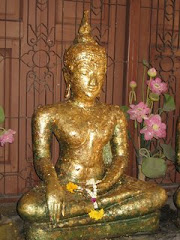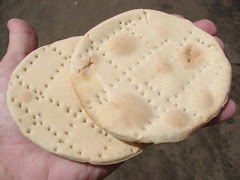Yo It's Madi!!! I made this blog for my Medieval Times class.
I'm going to post stuff on the "daily life" and "Traditions"
of medieval Africa.
Hope you enjoy my blog
<3 Madison
THE BATIK DYING PROCESS
some of the garments are completely hand Batiked & crafted in the Islands of Indonesia. Due to the nature of hand made batik fabric, its variations and gentle shadings are characteristic of its one-of-a-kind uniqueness.
THE BATIK CLOTHING
BATIK is a hard dying process. After applying wax to the cloth it is put in the lightest color dye. The color under the wax is preserved because the wax resists penetration of the dye. After allowing the cloth to dry the waxing and dying process is repeated until all the colors have been dyed. Finally the cloth is put in boiling water which dissolves all the wax and results in a beautiful multi color batik design. Depending on its size and how hard it was to make the batik can take a skilled artist many days or even weeks to complete. Batik is considered an original work of art and truly a treasure.
RELIGION
Throughout the world the intermediary between God and humankind is the ritual specialist, priest, minister, rabbi, pastor, or shaman. Whatever he or she is called, his responsibilities are the same: he serves as an essential link in the chain of communication between the spirit world and the natural world. When people have a problem, when disasters befall them, when they need answers to unanswerable problems, they deal with the gods with the help of the ritual specialist who may use any of hundreds of techniques to open lines of communication between man and God. Such techniques may include prayer, sacrifices, offerings, and divination. These people are special because they possess a unique language, knowledge, symbolism, skill, technology of their own. Such people are central to society. They are intimately familiar with all the relationships in the group and are able to make their diagnosis based on this intimate knowledge. They know the source of conflicts, stress, and anger, and their prescriptions often go directly to the source of the affliction.
Medieval Mali food
The people of Mali live from the land and the river: farming, fishing and rearing cattle.
popular foods are millet, rice, sweet potatoes, plantains, beans and manioc. Freshwater fish such as Tilapia and salted dried fish are used. Meals include meat kebabs, stews and dishes made from millet.Teas are popular.
Fruit from Baobab trees is used in times of food scarcity to make porridge.
Medieval African Daily Life
City livers in Ancient Ghana wore expensive clothing, owned objects of art, swords, copper utensils, foreign products, ate different foods, especially citrus fruit, but most of the population didn't live that way. Most people lived in large family communities. 80% of the population lived in farming lands. Since the people were in fact, a large family, the women cooked, ate, worked, and entertained together, and the men hunted and worked the fields together.
Village houses were made out of sun-dried mud or wood and stone. Because of the hot climate they were used mainly for storage and sleeping while a great many activities took place outside.
Mansa Musa converted to Islam to keep up relations but most still practiced traditional religions.






